Markets Are Not Ready For What Is Coming!
“And it is our judgment that we’re not yet at a sufficiently restrictive policy stance, which is why we say that we expect ongoing hikes will be appropriate.”-Jerome Powell.
A mind-blowing Non-Farm Payrolls Number (NFP), a significant easing of financial conditions thanks to tighter credit spreads and an unbelievable rally in stocks, a slight recovery in housing and auto sales and a bump in Services PMI: The data releases in the past fortnight point out that there is a “big flip” in the macro arena in the US.
The GDP estimates by the Atlanta Fed GDPNow tracker further solidifies the fact:
Starting at just 0.7%, estimates for Q1 real GDP have moved significantly upwards to 2.5%.
Time for introspection?
So, after the latest data releases and especially post the NFP numbers, I introspected profoundly as the inherent strength of the labor market came in beyond anyone’s imagination. Though I have been writing for the last two months that the labor market is incredibly tight due to structural factors (low labor force participation post the pandemic and declining demographics), the strength has perplexed me.
After intense work on past business cycles and brainstorming for hours, I have concluded that this cycle has no historical precedent.
We need to do non-linear thinking, assign probabilities to various outcomes, and quickly adjust our portfolio according to the macro developments, as there are multiple moving parts in the current paradigm.
Today we will first understand in detail the 70s/80s era and then examine various probabilities and the possible economic outcomes.
Let us dig in!
The 70s/80s Sneek Peek!
The 70s/80s was an outlier in the business cycles because of multiple recessions in a decade.
The foremost reason was the persistent energy shock that rattled the world and the global economy.
This chart is an “eye-opener” for people equating the current scenario with the 70s and 80s stagflationary period because they are missing out on the biggest drivers of “sticky” inflation five decades ago.
The energy shock of the 70s that led to an enormous increase in oil prices by 10X over a decade was the culprit that led to the resurgence of monstrous inflation.
We can see the spikes in inflation perfectly coincides with the spike in oil prices. Furthermore, the most interesting observation is that while real GDP growth plunged into negative territory, inflation continued to spike up (meeting the definition of stagflation)
So, what did the Fed do at that time?
The Fed was “ahead” of the inflation at that time mainly because the “shock” was known, and the end to the energy crisis was nowhere in sight.
With no historical precedent, the Fed hiked the Fed Funds Rate (FFR) twice but cut the rates sharply as soon as the recession hit the economy, but the third time it changed its course.
Irrespective of the recession of 1982, the Fed, under the leadership of Volcker, kept the rates high until inflation fell off to 6% from double digits (even though the unemployment rate spiked to more than 10%)
When JayPo speaks about Volcker, he refers to this “Volcker” era which holds great significance in the Fed’s history as the rates were raised to an unprecedented 20%.
Nevertheless, the Fed this time was way behind the curve, which will hurt when the cycle reverses.
The unemployment rate (UR) has an attribute worth watching in the business cycles of the 70s/80s. The highest increase in the UR has skewed toward the latter end of the recession, as visible in the 1974 and 1980 recessions.
The rapid increase in the UR also coincides with the “aggressive” rate cuts by the Fed.
One point we can’t miss about the labor market is that the Labor Force participation rate increased by 400 bps from 60% to 63.9%, in contrast with today’s scenario where the Labor Force participation rate is down post-pandemic.
Furthermore, the dynamics of the labor market have transformed post covid as enriching skills in multiple fields has become much easier and more valuable than pre-pandemic.
Now let us move to the possible outcomes!
Scenario 1 (High Probability>60%): Mild Recession With Services Holding Out!
The Fed has a dual mandate of stable prices (targeting 2% inflation) and “maximum employment”. Thus it’s no brainer that the Fed has repeatedly talked about the “unusually” tight labor market.
The NFP number and the lowest unemployment rate in the last six decades was a shocker even for the Fed, who would have desired the monetary policy transmission and the slowdown in cyclical activity (as visible from the ISM numbers and the other leading indicators) to soften the labor market.
Though the UR remains low, the leading indicator of the labor market: The Average Hourly Earnings (AHE) which was sticky, has started to soften from the highs.
Nevertheless, even AHE “unexpectedly” witnessed positive gains MoM (big flip?), which means that it would take a lot of time for AHE to revert to mean, especially until the UR remains below 4%.
The other fact is that my base case (high probability event) involves a recession akin to past recessions where the service sector remains resilient (thrice since 1948) while the cyclical part of the economy falters. The services PMI which rebounded sharply to 55, confirmed the resilient service sector (big flip?).
This is because of two reasons:
- The change in consumption pattern post covid and the still $1.77 trillion of excess savings with the American consumers.
- There is an inherent shortage of workers in the services sector, and the wage gains are still in double digits; even the NFP report showed that the maximum gains took place in the services sector while the cyclical part of the economy showed modest to flat gains.
If that is the case, UR might not rise as much as expected as services remain the biggest employer. Hence, a mild recession of short duration.
The 2001 recession had the service sector UR holding out, with Leisure and Hospitality, Education and Health Services and Professional and Business Services witnessing 100 bps, 30 bps, and 230 bps rise in UR, respectively.
So a real GDP contraction of around 1%, UR at about 4.5% and inflation at 2–3% remain the base case scenario and a high probability event.
Scenario 2 (Probability: 20%): Soft Landing!
The Fed is targeting a real GDP of around +1% and inflation falling to 3% and calls this a soft landing scenario where the UR will remain about 4% (an increase of 60 bps from hereon).
This is a low-probability event; however, the markets riding on JayPo words seem to price this as a high-probability event.
I say this as equity markets are pricing in earnings recovery, whereas credit markets are pricing in low default rates even after the fastest pace of tightening by the Fed in a long time.
In fact, you will be astounded to know that greed seems to be at the pinnacle in the credit markets.
Even the AAA-rated Investment Grade (IG) credit spreads are just 11 bps from the all-time lows achieved during the euphoric times of 2021.
The credit markets are definitely pricing in a soft landing where there is no fear of rising defaults even when banks have significantly tightened the credit standards, a practice that often coincides with the tighter monetary policy and fear of increasing defaults/ deteriorating credit quality of assets.
Though I have always said that credit markets lead equity markets, the current moves in credit markets are baffling.
The equity markets are not a sign of worry (euphoria) because the current rally largely seems to emanate from massive short covering.
Scenario 3 (Probability: 10%): Hard Landing!
A hard landing in the current scenario refers to the event where the UR will rise above 5%, the real GDP will plunge by more than 1%.; and inflation will fall below 2%.
This is not my base case scenario because of the reasons discussed in Scenario 1.
Furthermore, some market participants fear that a hard landing will lead to a “credit event” as the system is high on leverage compared to historical business cycles.
Nonetheless, the US banks are well-capitalised compared to the GFC, and the banking assets seem to be of superior quality (as measured by credit scores)
The credit event, if likely, will emerge in the shadow banking sector as the liquidity dries up due to the ongoing QT by the Fed and the deposits exodus from the banking system as MMF (Money Market Funds) offer “significantly” higher yields (>4%) than bank deposits (still hovering around 0.5–1%).
As we all know, a liquidity crisis can bring in the worst cracks in the financial system. However, today, the financial conditions and liquidity seem loose and ample in the system, respectively.
Conclusion!
We can safely conclude that the 70s/80s are incomparable to today’s scenario because the reasons for high inflation are entirely different. Five decades ago, it was the “visible” energy shock; today, we have multiple imbalances ranging from supply chain shocks, excess savings due to gargantuan fiscal stimulus, high liquidity, etc., all with variable lags affecting the economy.
Though I have been of the view that the growth slowdown in the economy will lead to a deceleration in inflation (the tailwind for higher inflation was the Chinese reopening), the latest data indicates that the growth slowdown seems to be concentrated in only some “cyclical” pockets of the economy.
Thus, the base case remains a mild recession (with services holding out), which has become “necessary” to weed out the monetary and fiscal excesses that the government and the CB post-pandemic pumped.
While the equity and credit markets might rally behind a soft landing, the reality will soon seep in when markets realize that the big flip is underway.
The Big Flip? was originally published in DataDrivenInvestor on Medium, where people are continuing the conversation by highlighting and responding to this story.

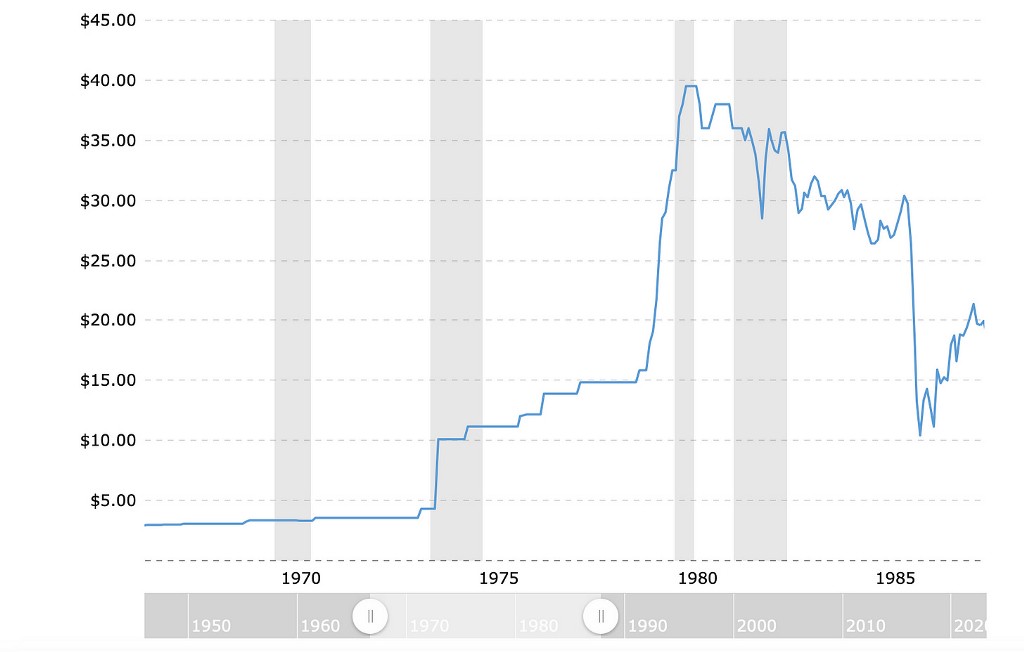
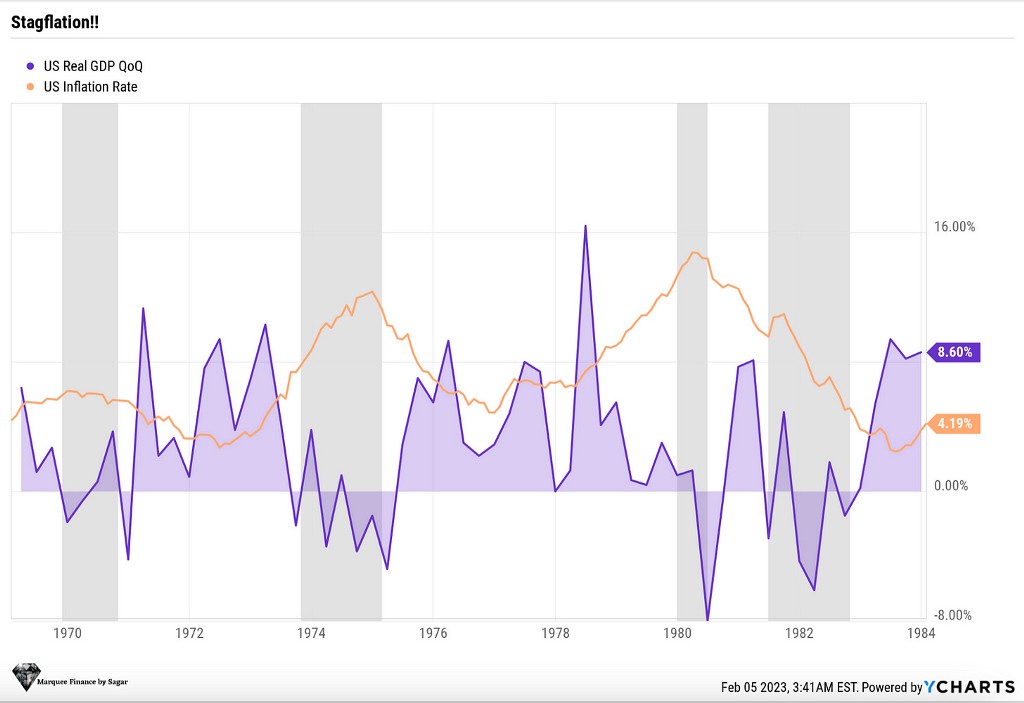
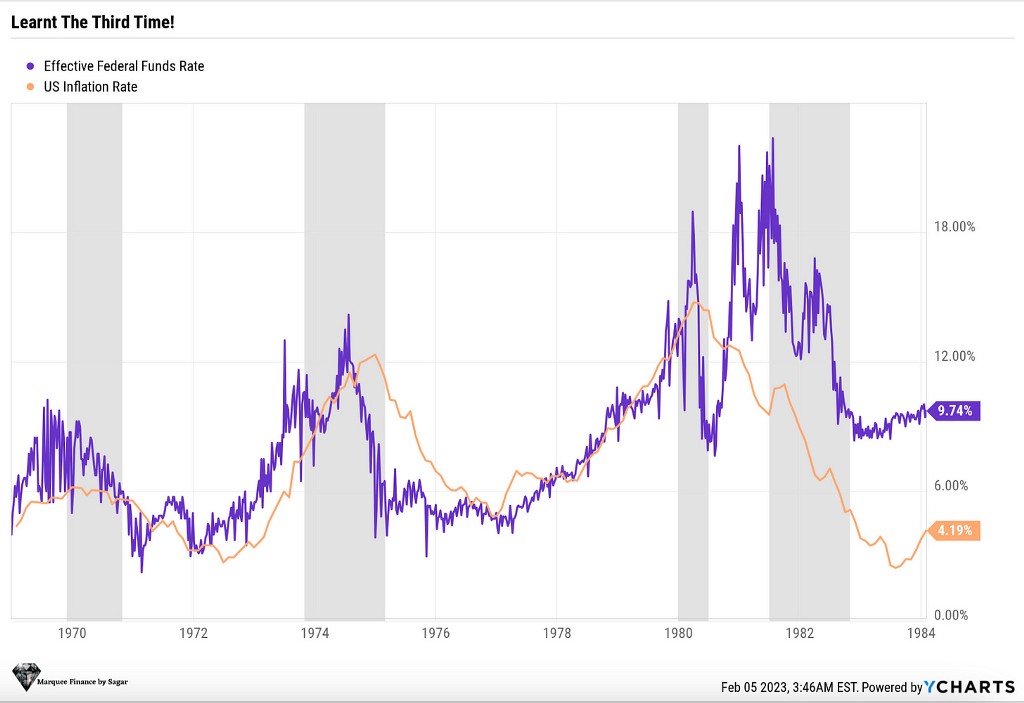
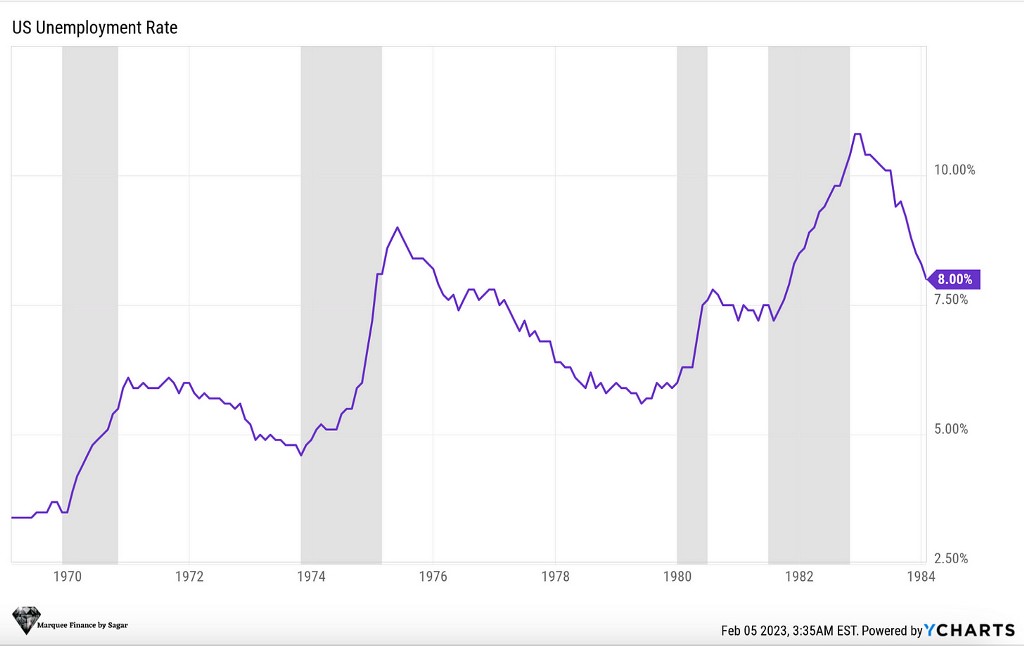
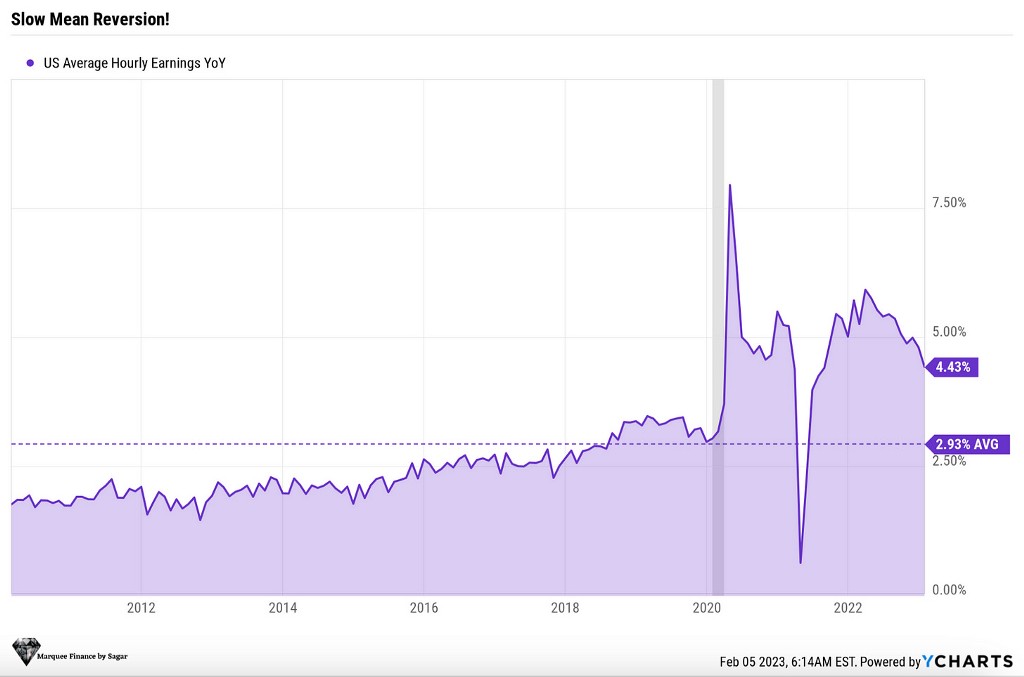
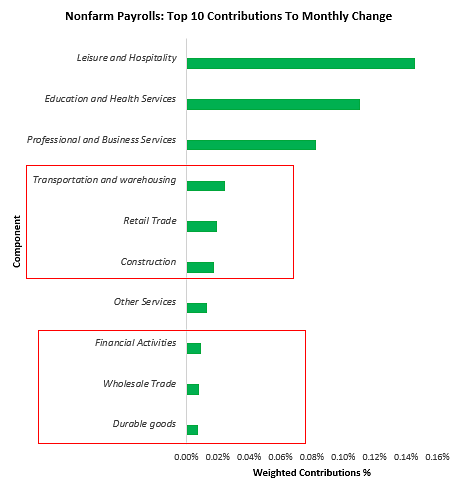
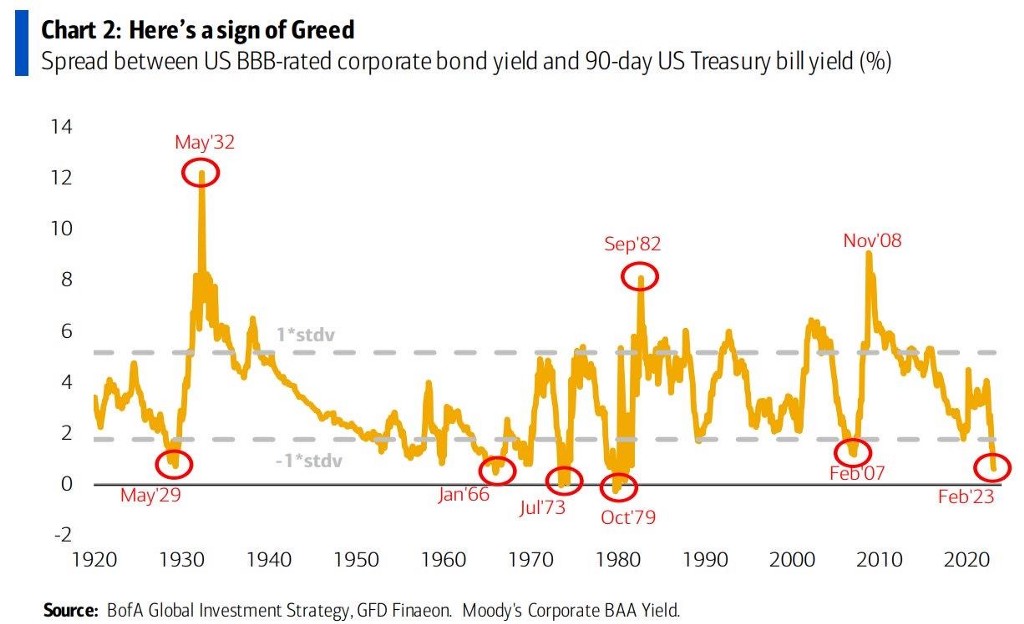
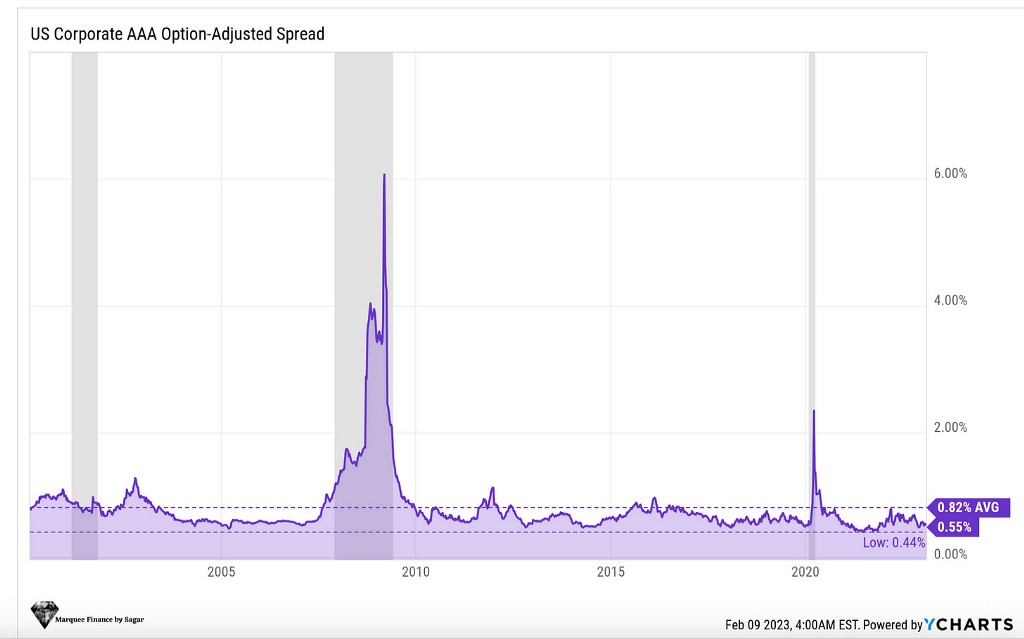
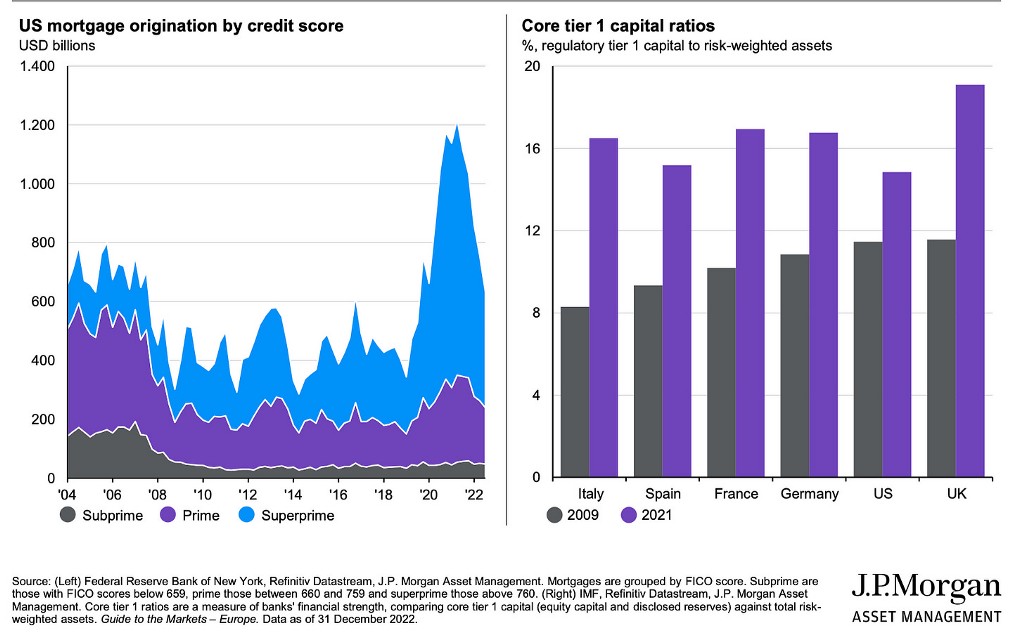
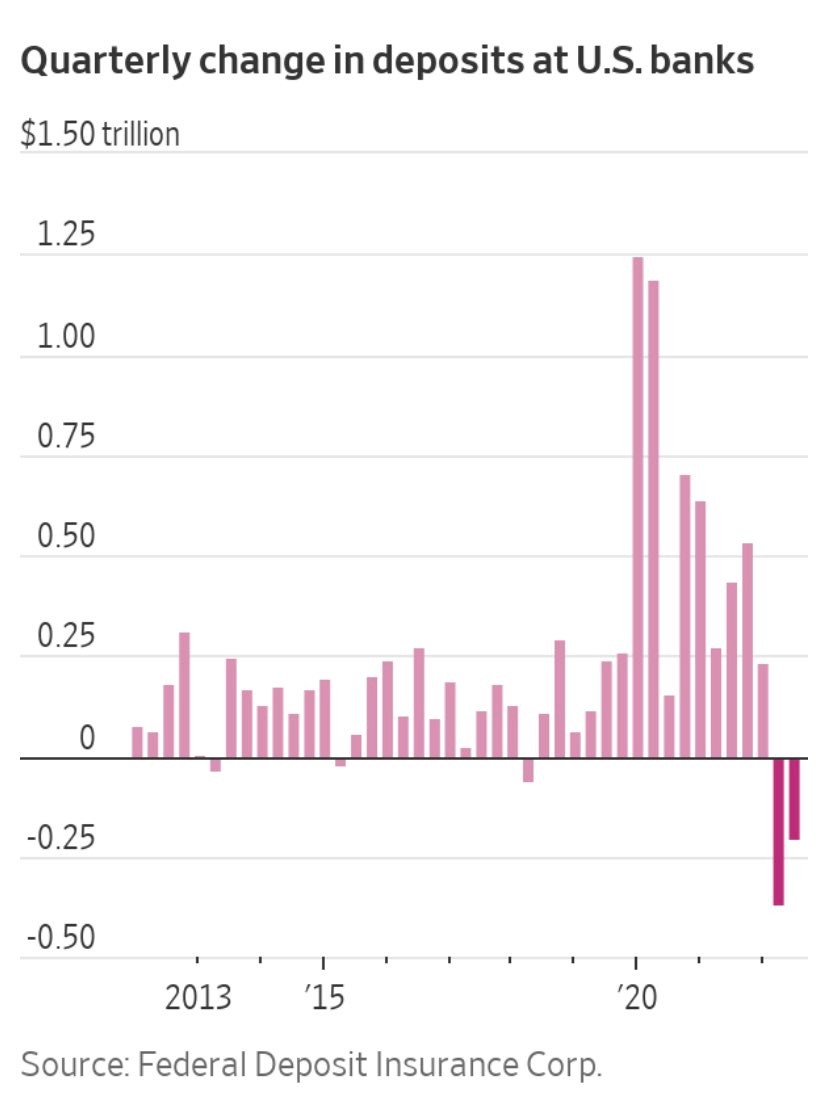
Comments